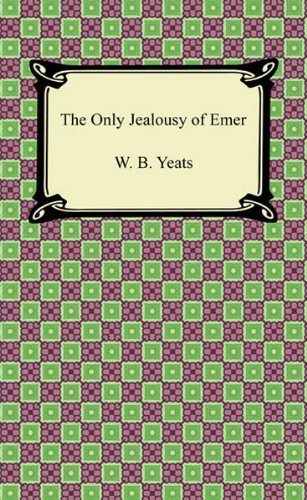What do you think?
Rate this book


24 pages, Kindle Edition
First published January 1, 1918
A dream is body;
The dead move ever towards a dreamless youth
[*] And when they dream no more return no more;
[*]And those more holy shades that never lived
But visit you in dreams. p.129